Fragment and Totality: Mapping Fragments by Bundith Phunsombatlert
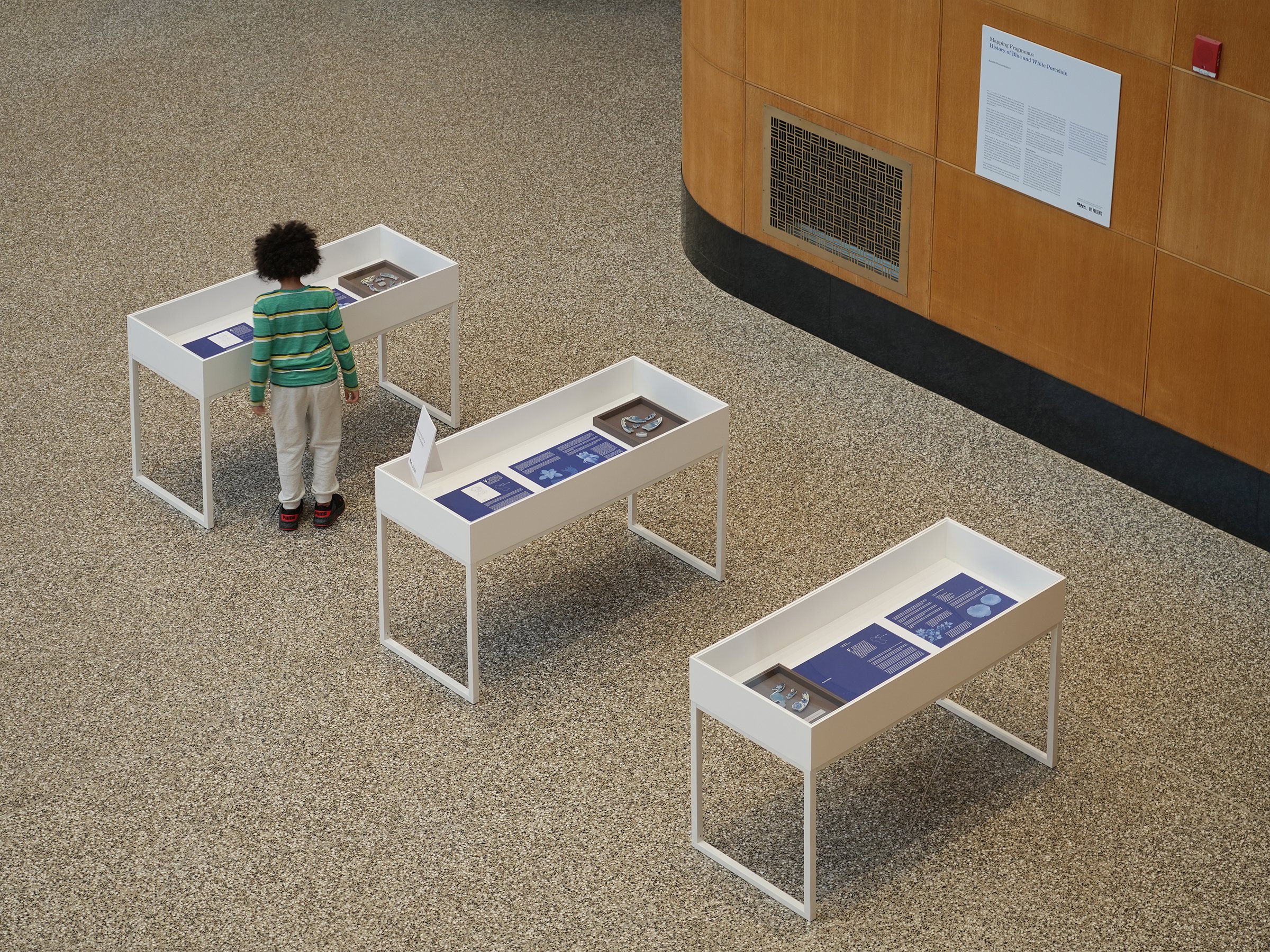
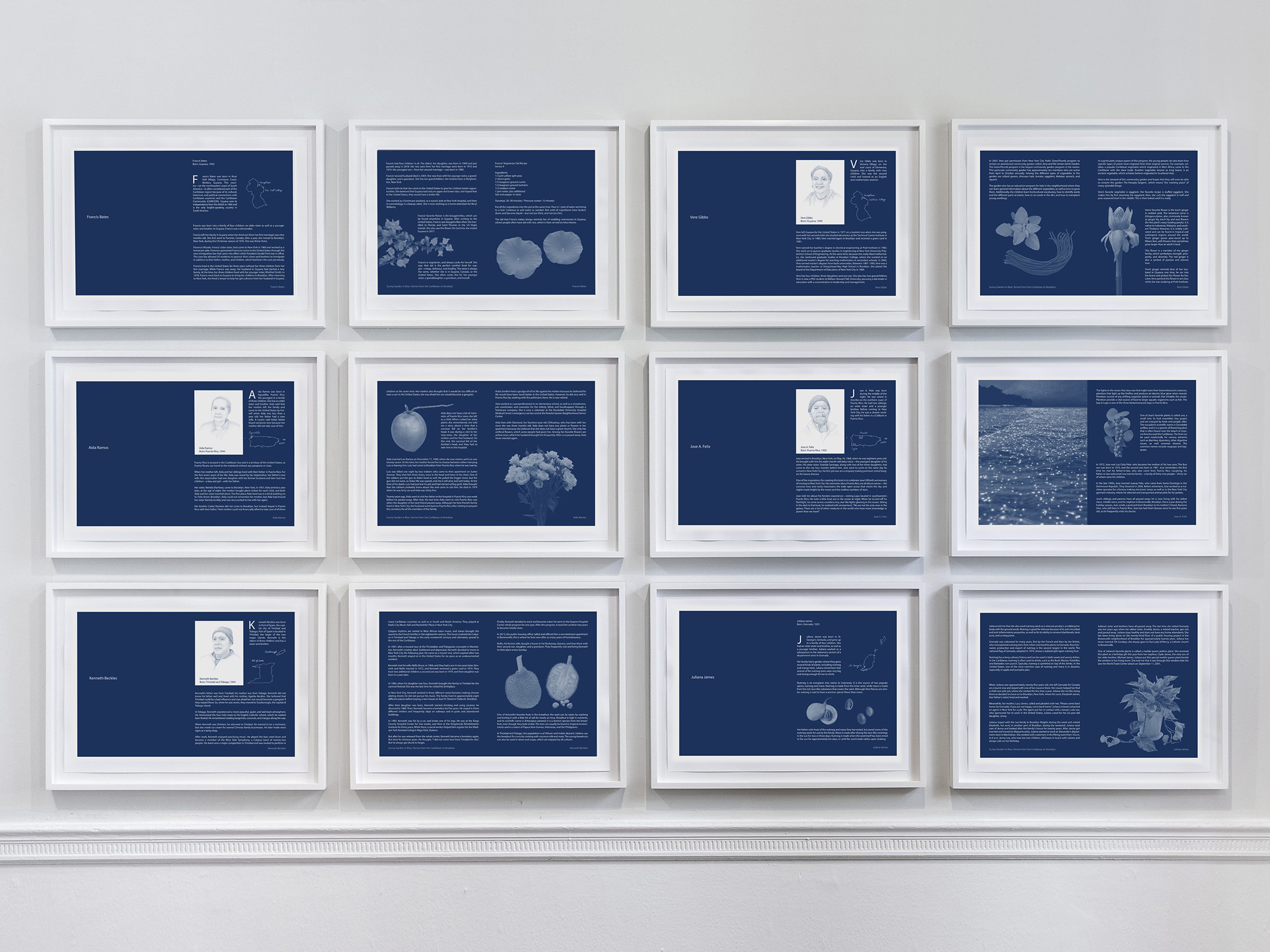
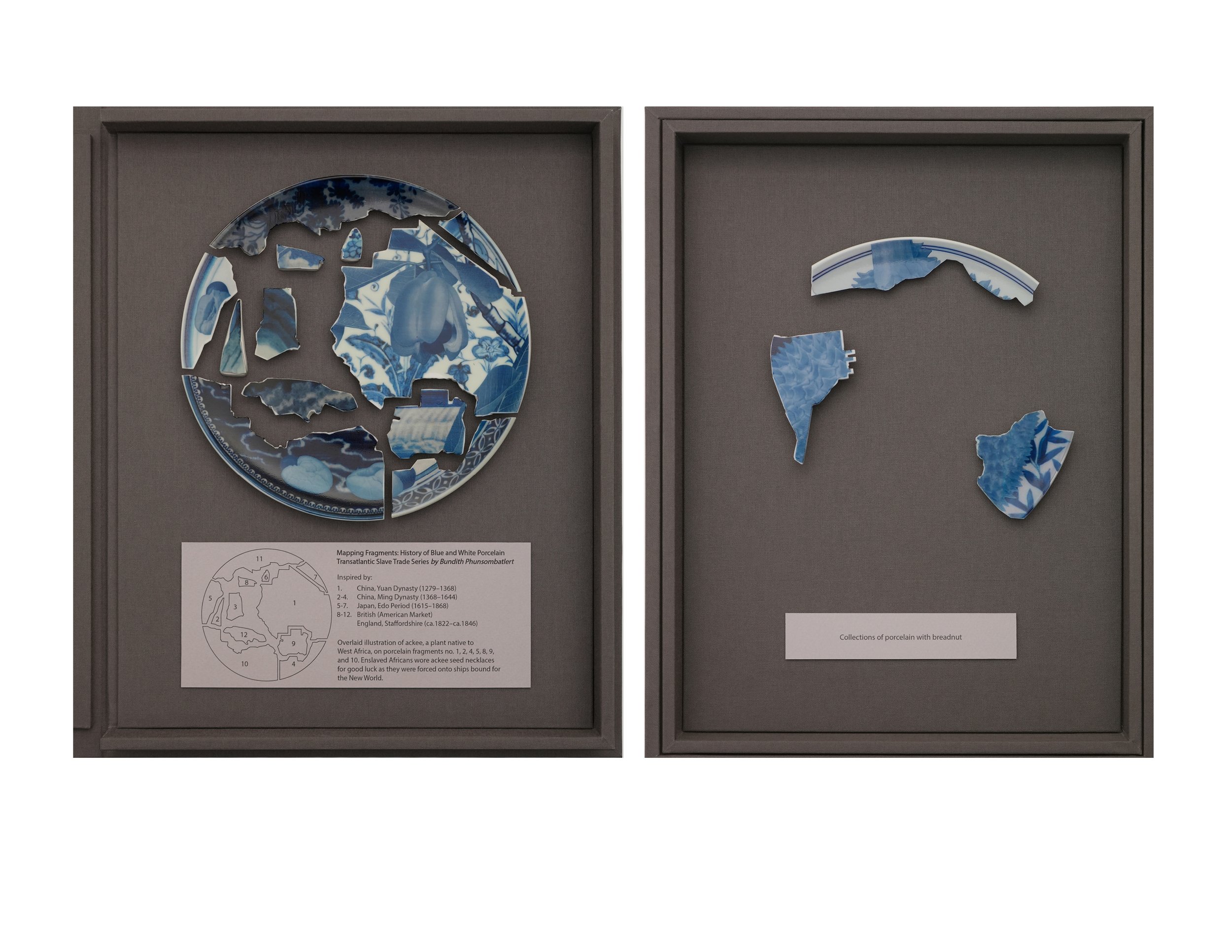
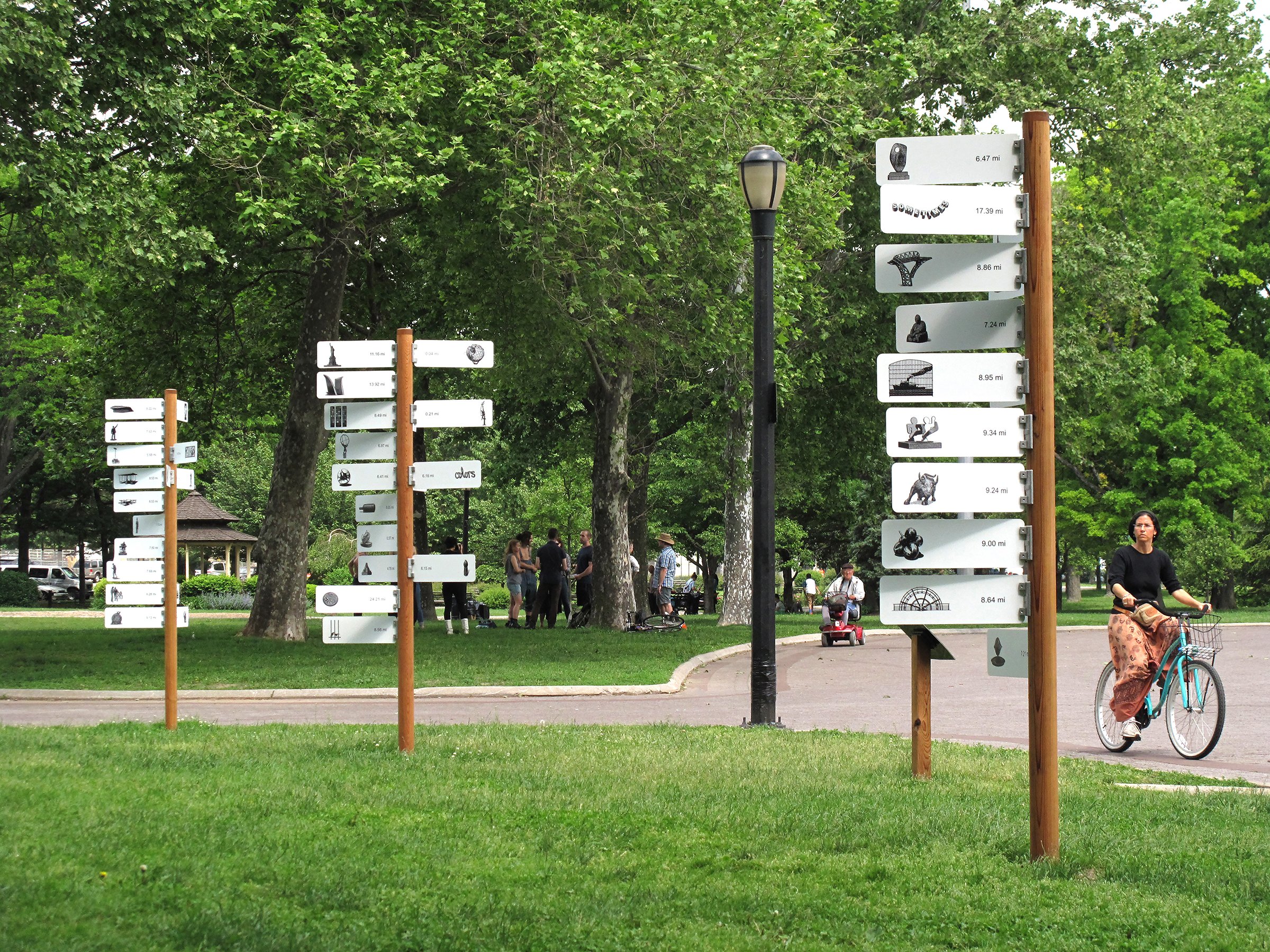
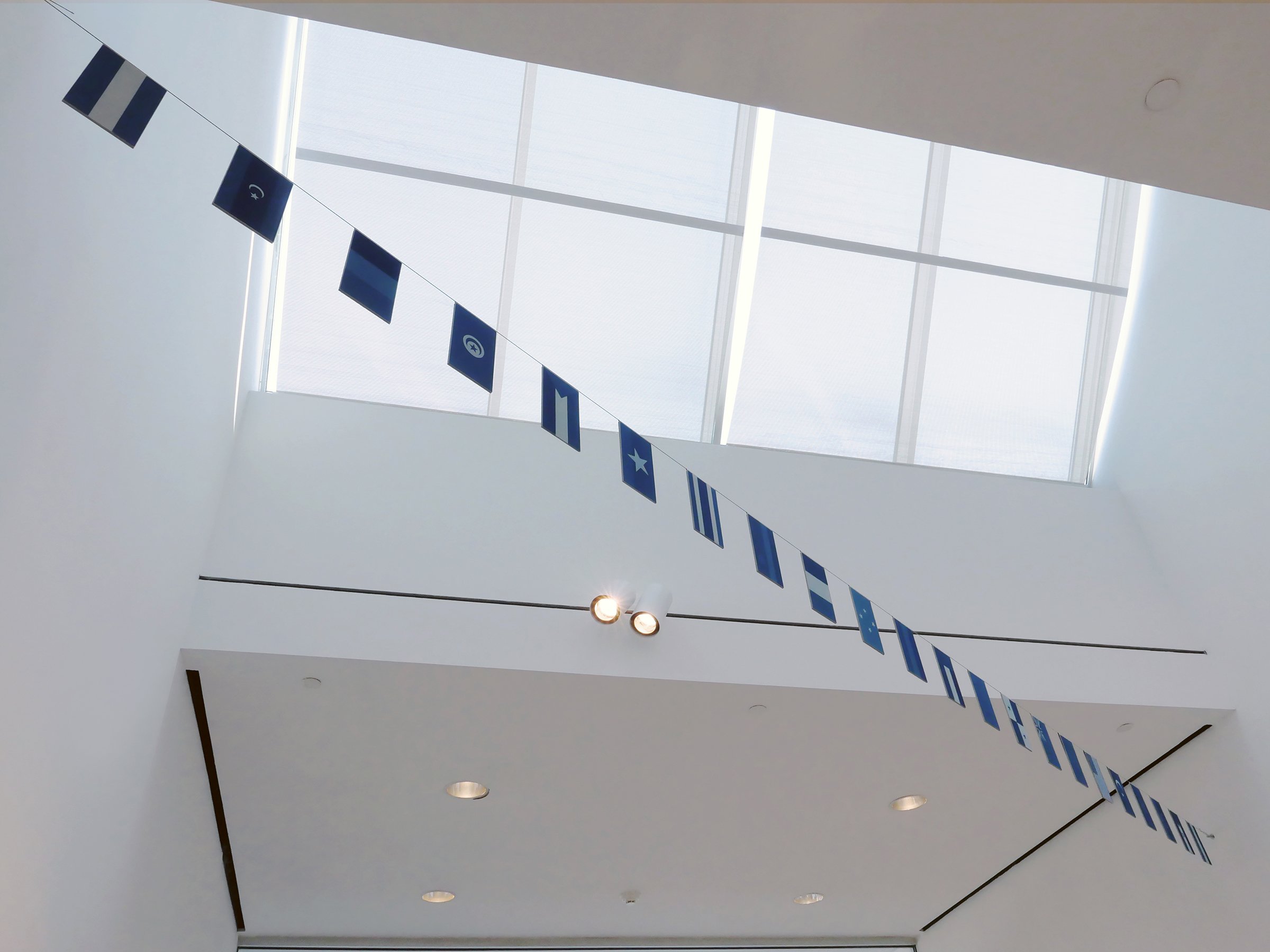
From his early education and works as a printmaker to his embrace of digital technologies going into the field of installation art, Thailand-born Bundith Phunsombatlert’s artistic practice can be defined, according to the artist´s own self-understanding, as a kind of transmedia practice, linking traditional and new media. An artistic praxis in which image making and image thinking, aesthetic concepts, and artistic forms, relating in many different ways the graphic arts, photography, digital photography, and video, come together within the medium of installation art with its proper spatial and temporal dimensions, narrative strategies, theatrical elements, and immersive structural models.
In evolutionary biology, it is argued that new species will carry within themselves the marks of their ancestrality, that is, basic determinations, components, functions, building materials, organs, etc., of ancient or superseded species. New species carry traces of their historical, that is, of their extended formation and time-bound construction, of the many elements that are transformed in the new organisms and yet can display their “infra-historical” depths to the expert eye within emerging and consolidated new structures. We can say that, in analogous ways, what we call here a transmedia approach in Bundith Phunsombatlert´s artworks also implies the idea of an archaeology of media, made of material connections and imaginative lineages and associations.
Mapping Fragments by Bundith Phunsombatlert is composed of two bodies of artworks:
Sunny Garden in Blue: Stories from the Caribbean to Brooklyn, and Mapping Fragments: History of Blue and White Porcelain. To explore individual stories, personal narratives of lives both experienced and imagined and to refer those directly and indirectly to the contexts of larger historical fluxes and geographical perspectives, are the specific goals and the combined results of both series, associating material and cultural exchanges by way of objects, including manufactured objects and natural entities, “in kind” and represented objects traveling across time and places, both recording and being recorded by environmental and technological transformations, among diverse geographies and historical periods.
Sunny Garden in Blue: Stories from the Caribbean to Brooklyn originated in a workshop organized by the artist with senior Brownsville residents. Brownsville is an African American and Latino, mostly low-income residential neighborhood in eastern Brooklyn in New York City, with a long history of minority occupation and as an immigrant hub since the 19th century. For the workshop, the artist chose the process of cyanotype, an early photographic process invented by the British scientist, astronomer, chemist, and general polymath Sir John Herschel in 1842,
In its early developments, photography (and the cyanotype) attracted the interest of scientists for the great potential of the uses of photographic images in science, as, for instance, in Herschel´s astronomic photo records. An early example of a felicitous combination of aesthetic vision and scientific interests was the work of British botanist Anna Atkins, a pioneer woman photographer considered the first person to publish a book illustrated with cyanotype prints: Photographs of British Algae: Cyanotype Impressions, in 1843. Atkins´ book served as inspiration for Bundith Phunsombatlert´s workshop and his cyanotype series.
At first, the artist brought plants and flowers for the use of the participants in the workshop. As the workshop progressed, the exchanges between instructor and students elicited narratives connecting plants to personal memories and experiences, relating experiences of Latino, Afro-Latino and African diasporas, of immigration, cultural exchanges and adaptations, working-class contexts and perspectives, and various specific plants of tropical, Caribbean, and early African origins, as well as other plants species related to their individual life journeys, were incorporated as materials for the cyanotype prints.
We can observe that the workshop, for the artist as well as for the participants, resulted in the expression of what we may call personal ecologies, linking cultural and natural environments and their familiar plant species with cultural representations and personal perspectives in a type of Proustian recollection process elicited by sensory stimulants of private memories and personal narratives. Narratives in which time and geography are brought together in symbolic constructs to produce new layers of awareness regarding questions of identity. Combining personal and public stories, imaginary constructions of self and other, together with the realities of working-class and immigrant conditions, they point towards an understanding of the structuring historical dimensions of social and cultural contexts in collective experiences.
In Sunny Garden in Blue: Stories from the Caribbean to Brooklyn, Bundith Phunsombatlert´s cyanotype prints are designed as if they were individual pages of a large format book, with written records of autobiographic narratives of the project´s participants, drawn portraits and cyanotype records of plants, flowers, and fruits. Framed and displayed on the walls or in cases, these characteristic blue images, in their paced and reiterative visual and verbal rhythms, invite reading and contemplation, as they invite the viewer´s imaginative associations and reflections on the human dimensions of time and the power of personal narratives to make sense of life contexts, of both our actions and inaction, of choices and impositions that make up individual and collective life processes with their ever “provisional” results, that is, concomitantly time bound and meaningfully recreated at different life periods.
In Mapping Fragments: History of Blue and White Porcelain, fragments of a recreated porcelain plate with blue decorative plant motifs also allude to history and geography, to historical fluxes and geographical routes, to cultural and aesthetic contacts, exchanges and hybridization, and also to the proximity between memory and fiction, the relations between identity and the geographic imagination. The early history of blue and white porcelain includes the exchanges between Persia and China, between Islamic and Chinese civilizations, of ceramics and porcelain wares, forms and design motifs. From Asia, objects, design ideas and manufacturing processes reached Europe and were adapted to local material conditions becoming part of regional artisan and industrial contexts and traditions.
The fragmented plate created by the artist displays specific designs of plants as decorative motifs in each of its parts. The design fragments are referenced from blue and white porcelain pieces in US museum collections, with provenance and period indicated by means of captions and diagrams. Each individual form and image also refers to geographic representation contours, borderlines, and territories as related to narratives of immigration, to life journeys, the many-layered experiences of displacement and distance, and daily life memories of the Brownsville residents of Caribbean origins, with, as observed by the artist, one of their common ancestral roots related to the slave trade from Africa to Central America´s maritime regions and colonial territories. The virtual round form of the plate, with its positive (actual fragments) and negative (spaces between fragments) areas unified in an overall circular gestalt, is a type of mapa mundi diagram relating historical and geographic paths, personal and global perspectives.
As displayed by material elements and ideographic representations, synchronic and diachronic perspectives and conceptual movements within layers of meaning come together in Mapping Fragments. Location and orientation, we can observe, are common denominators of installation projects by Bundith Phunsombatlert, such as Mapping Brooklyn: The Journey as Graffiti ( 2015-2017), a type of Debordian dérive in 21st century New York, documented in print works that reverberate Guy Debord´s graphic works and collages mapping psychogeographic explorations of Parisian neighborhoods in mid and late 20th century, and Wayfinding: 100 NYC Public Sculptures (2014-2015), mapping and routing via WIFI connections public artworks in the city.
Crossing the Border: Beneath the Blue Sky is also a recent installation that we can relate to the Mapping Fragments series as part of what the artist names his “Blue Period” (evoking the celebrated blue paintings series by Picasso in the early 20th century) with the use of the cyanotype process to recreate a series of countries flags in blue color. Color, size, and geometric designs are here common elements unifying specific country flags as variations on one and the same paradigmatic design and symbol. Orderly displayed, suspended in the space of the gallery, these abstract symbols of national spaces and national identities gain a telling poetic dimension. Related to the concept of national spaces, the idea of the frontier, a de facto impeding line or barrier within a given geographic area denoting exclusive territorial property, is made into an ethereal, quasi-immaterial representation. In Crossing the Border: Beneath the Blue Sky, symbolic frontier lines expressing national distinctiveness are presented as plain cloth lines hanging over the viewer within a unified exhibition space. A space in which one moves about freely under the blue color of cyanotype flags as the composite image of a common, universal sky. It reminds us of the conventional nature, the arbitrary elements in human institutional creations, such as states and countries, as products of power divisions and conflicts that have at once shaped the realities of human history and the ideological representations of those material realities and conflicts.
In Mapping Fragments, the idea of textual documentation, representation by way of graphic symbols and images, and the related idea of the book allude to the representational space of the archive and that of the library. “The universe (which others call the Library)” is how Jorge Luis Borges starts his celebrated short story The Library of Babel, which tells of a library so vast that it is “composed of an indefinite, perhaps an infinite, number” of rooms and galleries. The library is “infinite and eternal,” states the narrator, who discusses the various aspects of its modular design, content, meaning and legend, and whose main task is to find the order that structures its various disorderly effects and imaginary dimensions and comes to the conclusion of the circularity of its spatial and temporal reality: “The Library is limitless and periodic.”
Modularity is the formal idea that approaches the reiterative, imaginative exuberance of Borges's poetics to the concentrated, elegantly conceived, and displayed visual poetics of Bundith Phunsombatlert´s blue series. It is said that installation art as a temporal medium is appropriately made to end up as records, as graphic and textual documents, that is, as narrative and memory. In this sense, we can perhaps identify something of a Borgesian inner circular movement in these artworks, the properly infinite artistic labor of representing representation.
The ultimate role of art, philosopher G. Lukacs once observed, is to meaningfully synthesize lived experiences and their larger contexts determined by the reciprocal relationships of local and global realities, by the interactions between the basic human realities of space and time and the essential, mutual, and necessary relations between our, at the same time, plural and interdependent histories and geographies. In this way, art contributes to clarifying and re-signifying, one by the other, our individual journeys and our shared realities. To this ultimate goal, Mapping Fragments offers an initial and original path made of encounters between an immigrant artist and his immigrant collaborators.
Marcelo Guimarães Lima, 2024.
———————————————————————-
References:
J. L. Borges - Ficciones, edited and with an introduction by Anthony Kerrigan, Grove, NY, 1962
G. Lukacs - Estetica, tomo I, trad. Manuel Sacristán, Ediciones Grijalbo, Barcelona-Mexico, 1966
All Images Courtesy of and photo by the Artist unless otherwise noted:
1. Installation view of “Sunny Garden in Blue: Stories from the Caribbean to Brooklyn” and “Mapping Fragments: History of Blue and White Porcelain” on six long display cases at the Central Library’s Lobby, 2023
2. Sunny Garden in Blue: Stories from the Caribbean to Brooklyn (Installation View of 6 stories from the total of 32+ stories), Ongoing, Archival digital and cyanotype versions, Book Size: 2 pages per story, 14 1/4 x 20 inches (each page)
Image Courtesy of Wave Hill, Photo by Stefan Hagen
3. Mapping Fragments: History of Blue and White Porcelain (Transatlantic Slave Trade Series), 2023, Silkscreen printing transfers on porcelain (Overlaid illustration of ackee, a plant native to West Africa, on porcelain fragments) Archival box: 16 x 27 x 2 inches (right)
Mapping Fragments: History of Blue and White Porcelain (Collections of porcelain with breadnut from Kenneth Beckles Story), 2023, Silkscreen printing transfers on porcelain, Archival box: 14 1/4 x 11 x 1 1/2 inches (left)
4. Wayfinding: 100 NYC Public Sculptures, 2014-2015, 100 aluminum signs for 100 NYC public sculptures
https://bundithphunsombatlert.com/work/wayfinding-flushing
5. Crossing the Border: Beneath the Blue Sky, 2021-2022, Cyanotype on fabric mounted on museum board, hung on cable lines, 7 x 4 1/4 inches (Each flag) Site-specific installation at Katonah Museum of Art
https://www.katonahmuseum.org/exhibitions/exhibition/crossing-the-border-beneath-the-blue-sky
Bundith Phunsombatlert Bundith Phunsombatlert is an artist exploring media archaeology. Through various forms of media, his artworks examine how new media technology can connect to past forms of media and their contexts, and subtly imbue everyday experiences with new layers of meaning. His work offers a unique definition of “new” media art, defined not only by the use of technology. For him, “new” media can reveal a fresh new meaning of something old, and be defined by the ways in which each individual connects with their personal background and cultural identity, allowing them to reinvent traditional interpretations of history.
Phunsombatlert has been exhibited both nationally and internationally for over twenty years. Selected exhibitions include at the International Studio and Curatorial Program, NY; Wave Hill, NY; Osage Gallery, Hong Kong; International Print Center New York; Smack Mellon, NY; Delaware Art Museum; Cuchifritos Gallery, NY; Flushing Meadows Corona Park/Queens Museum; NYC DOT’s Urban Art Program; Socrates Sculpture Park, NY; Changwon Asian Art Festival, South Korea; Location One, NY; The Auckland Triennial, New Zealand; The Guangzhou Triennial, China; The National Gallery, Thailand; The Asia-Pacific Triennial of Contemporary Art, Australia; and The International Biennial of Graphic Art, Slovenia. 